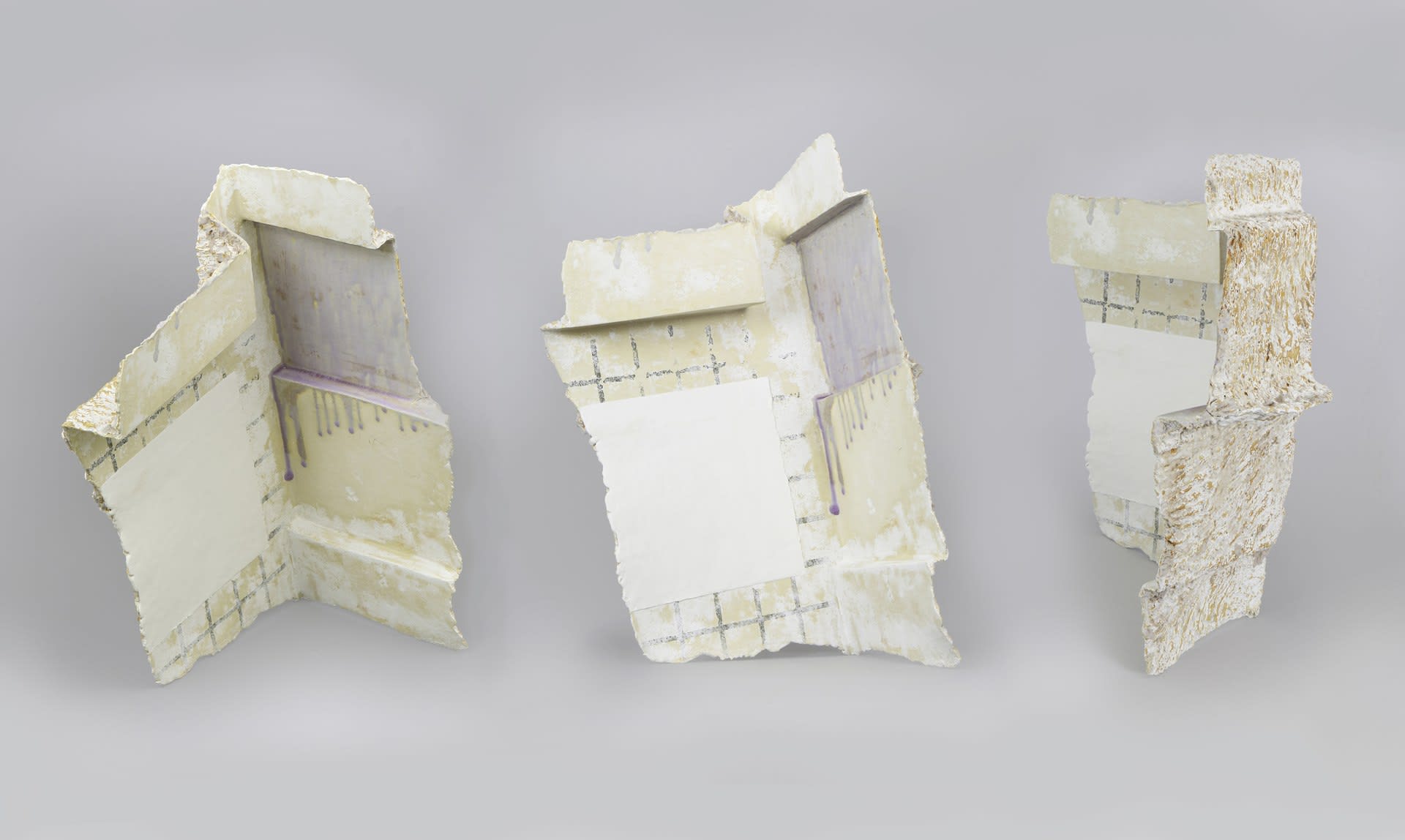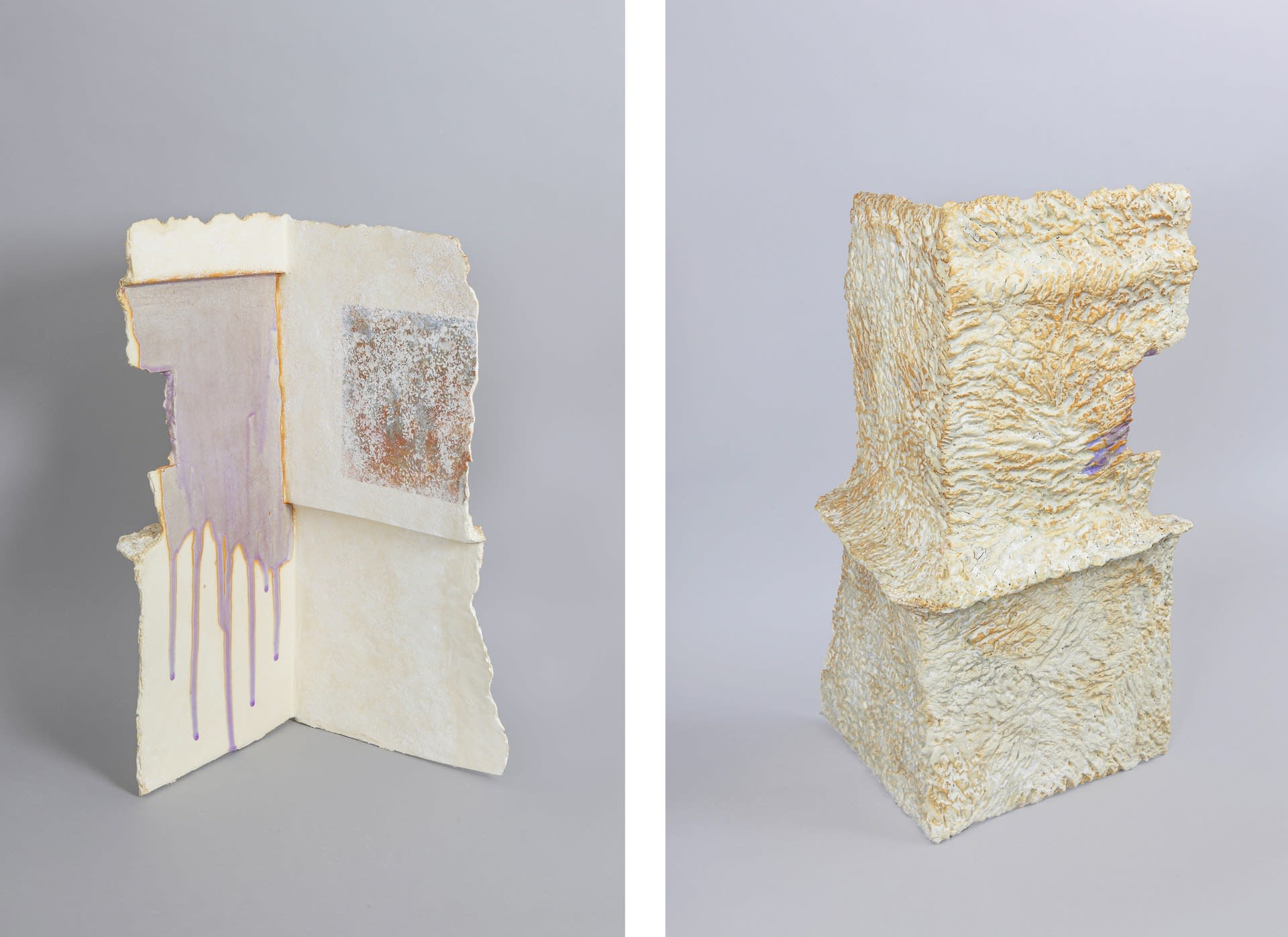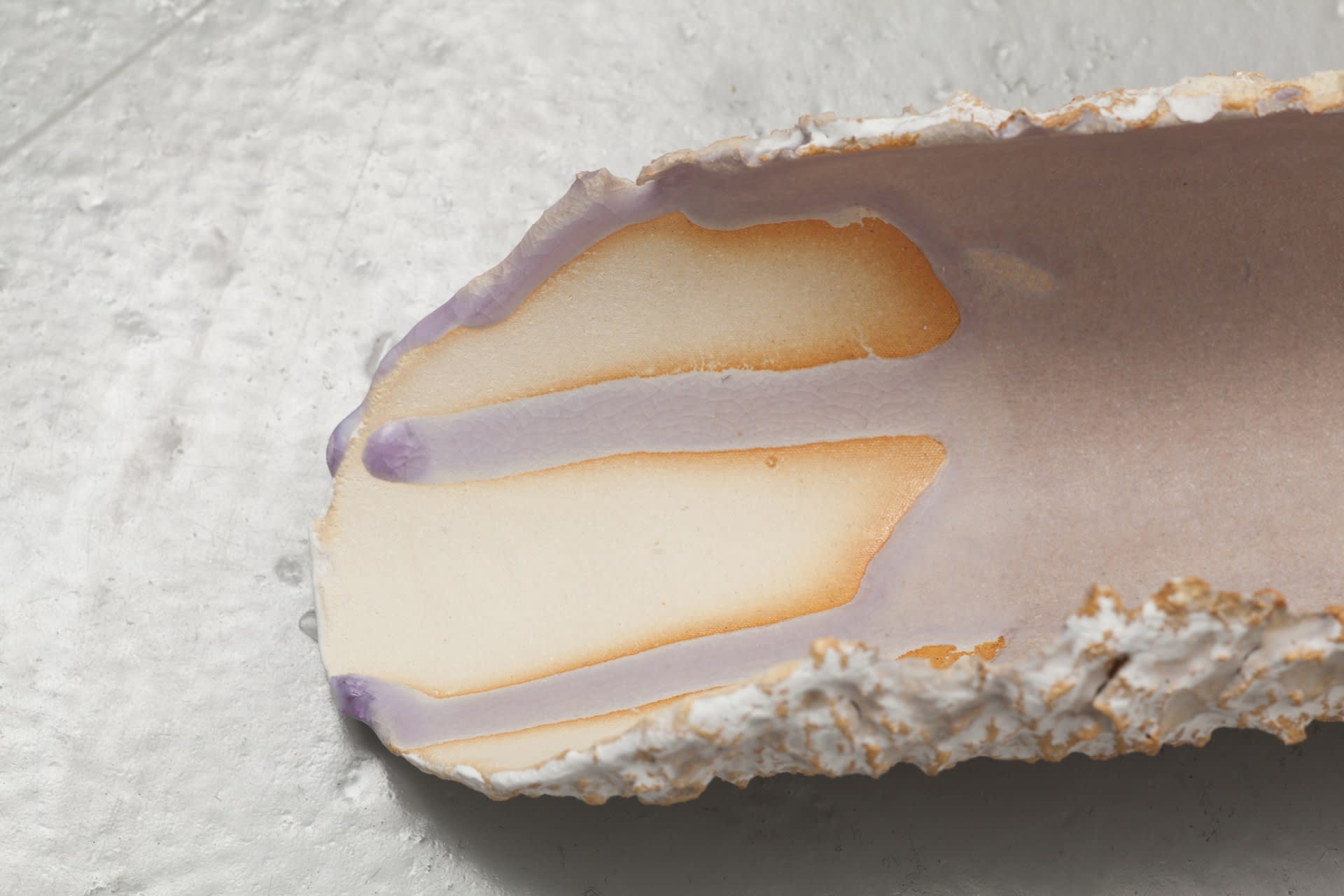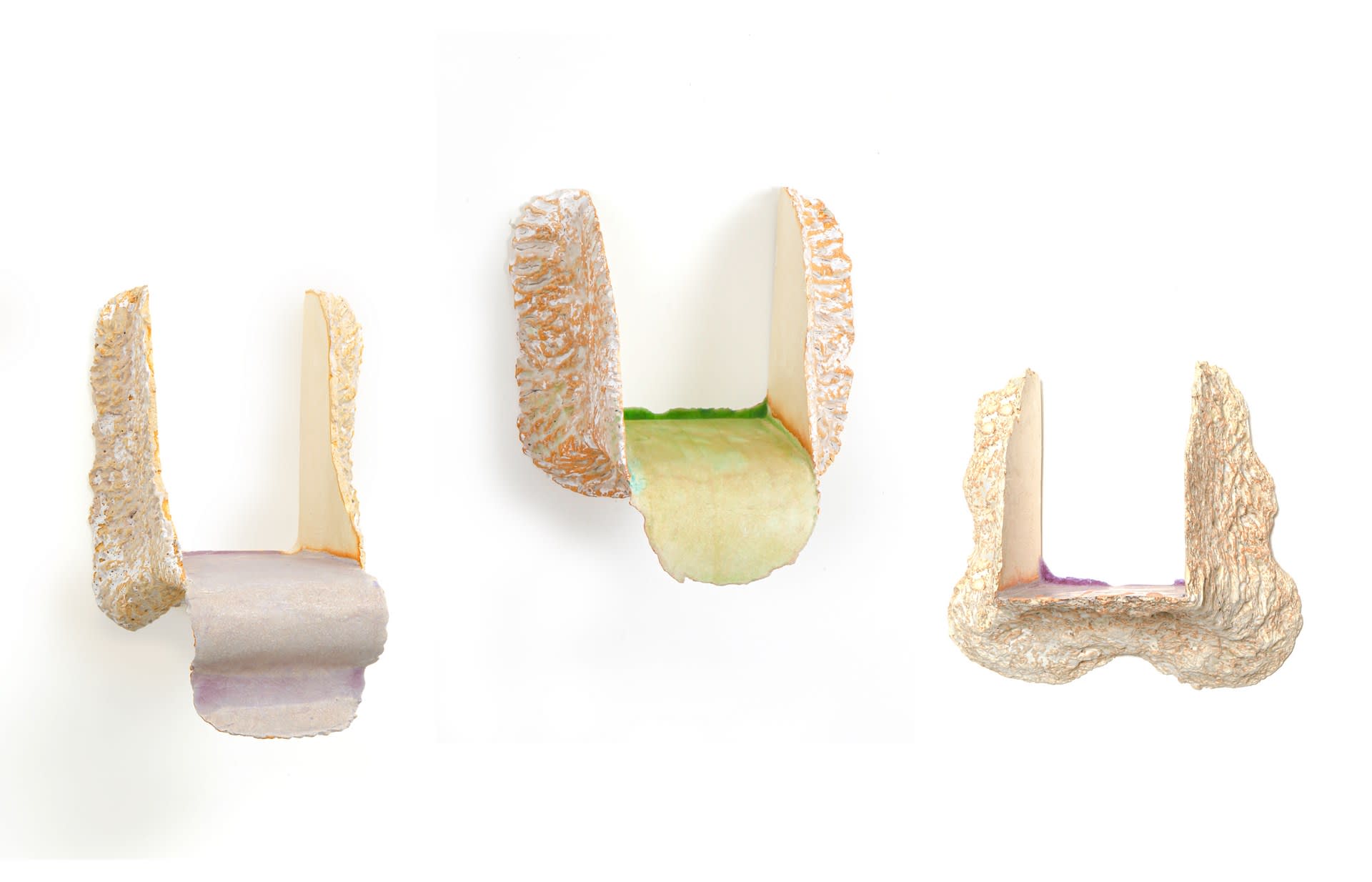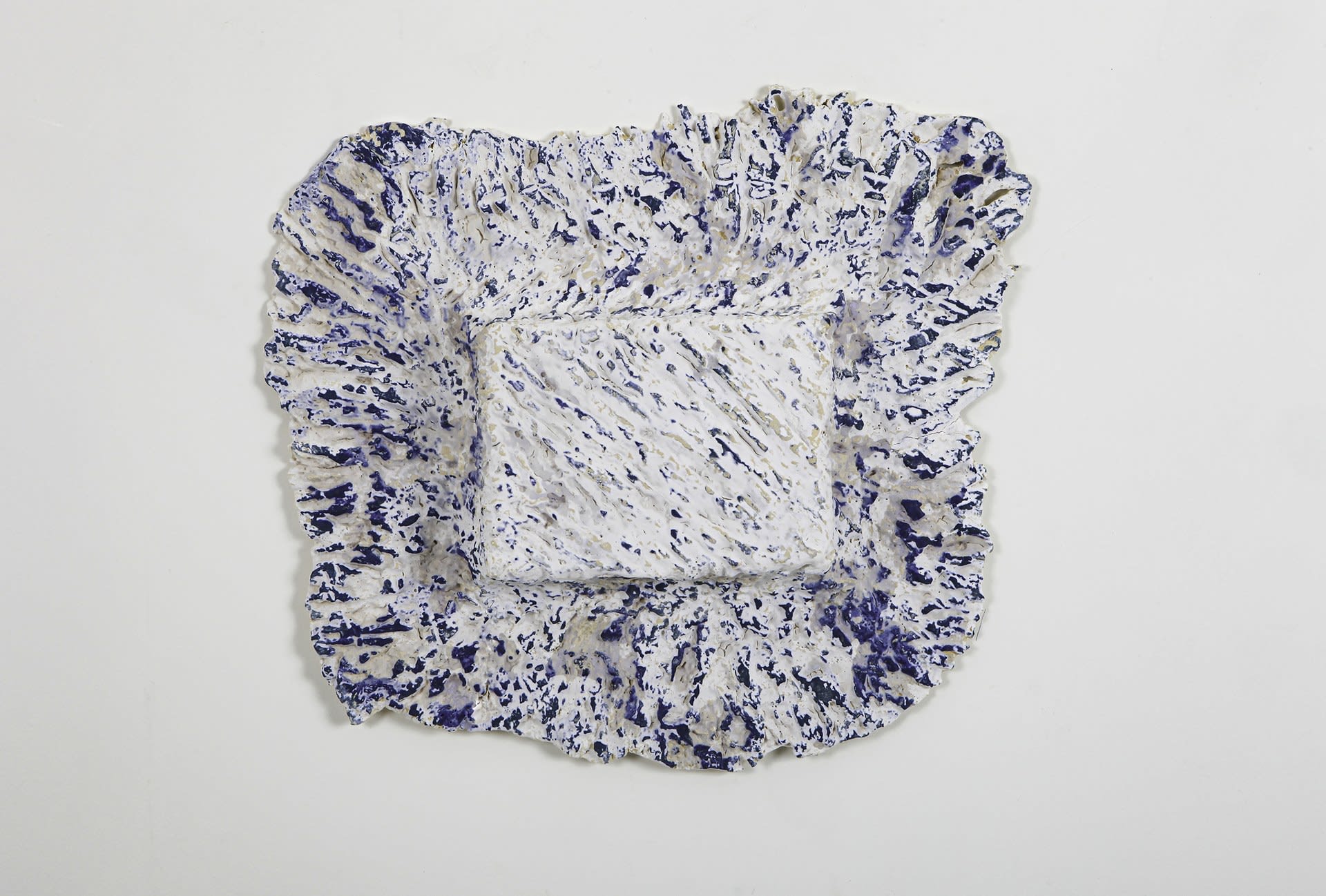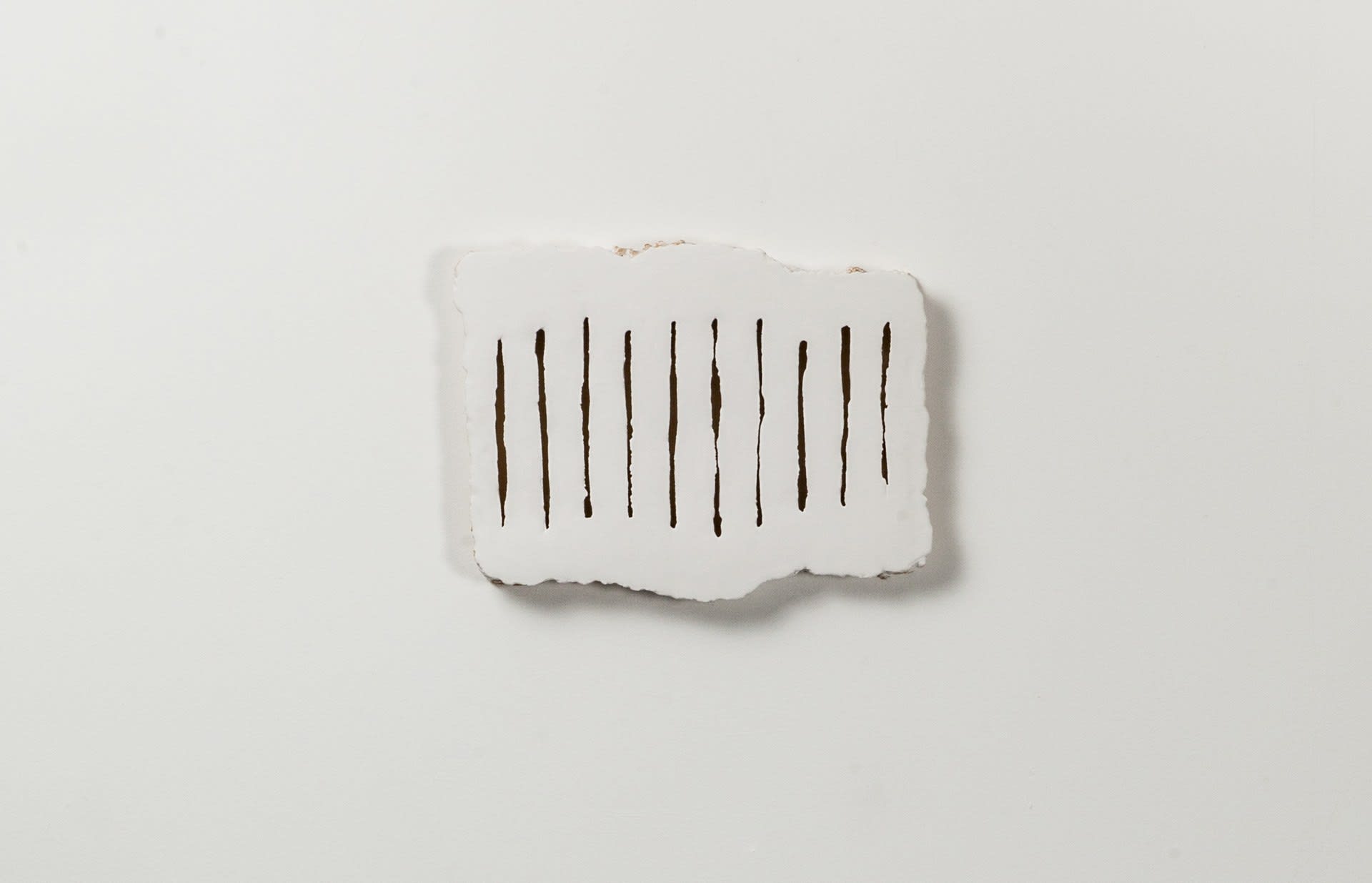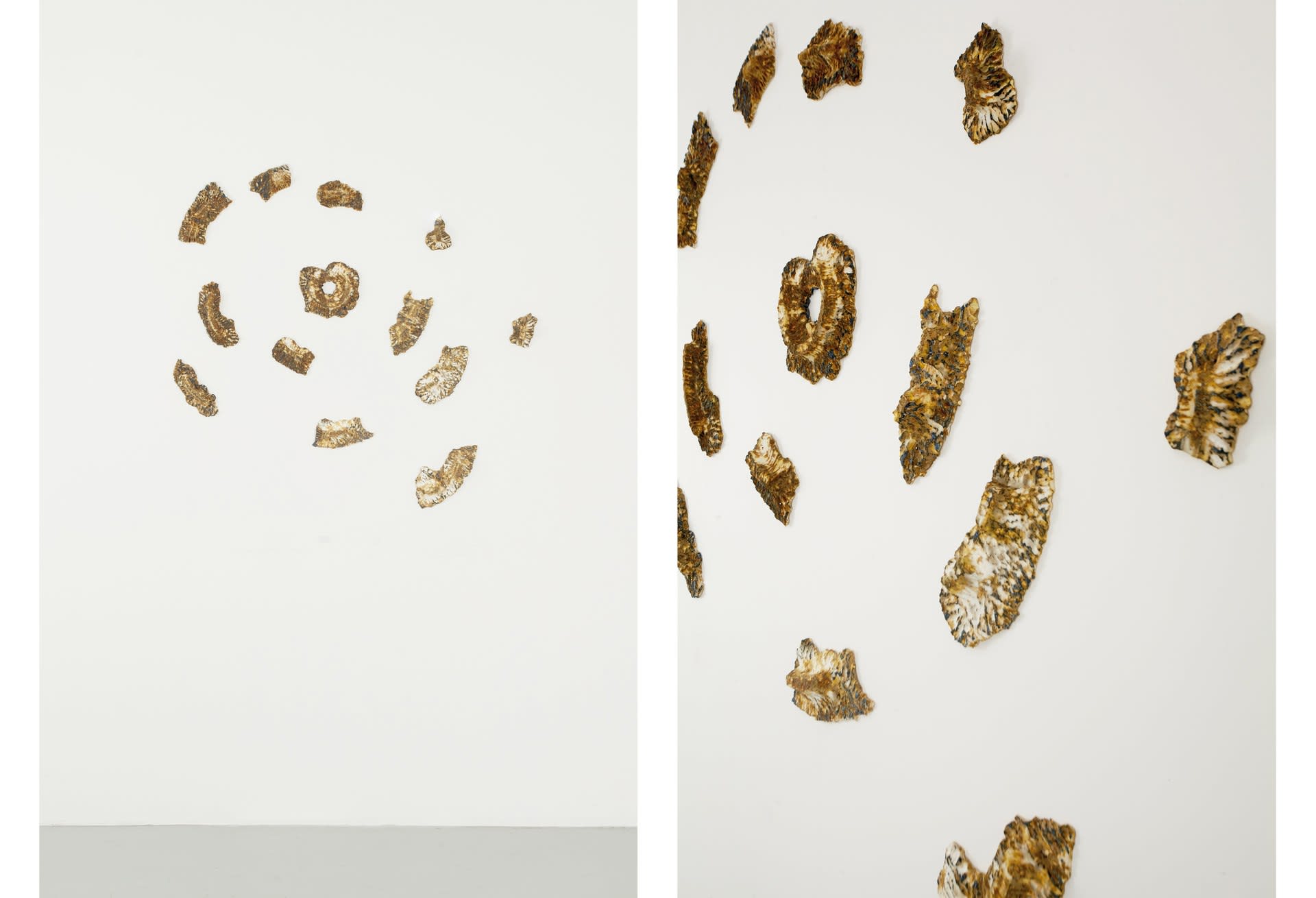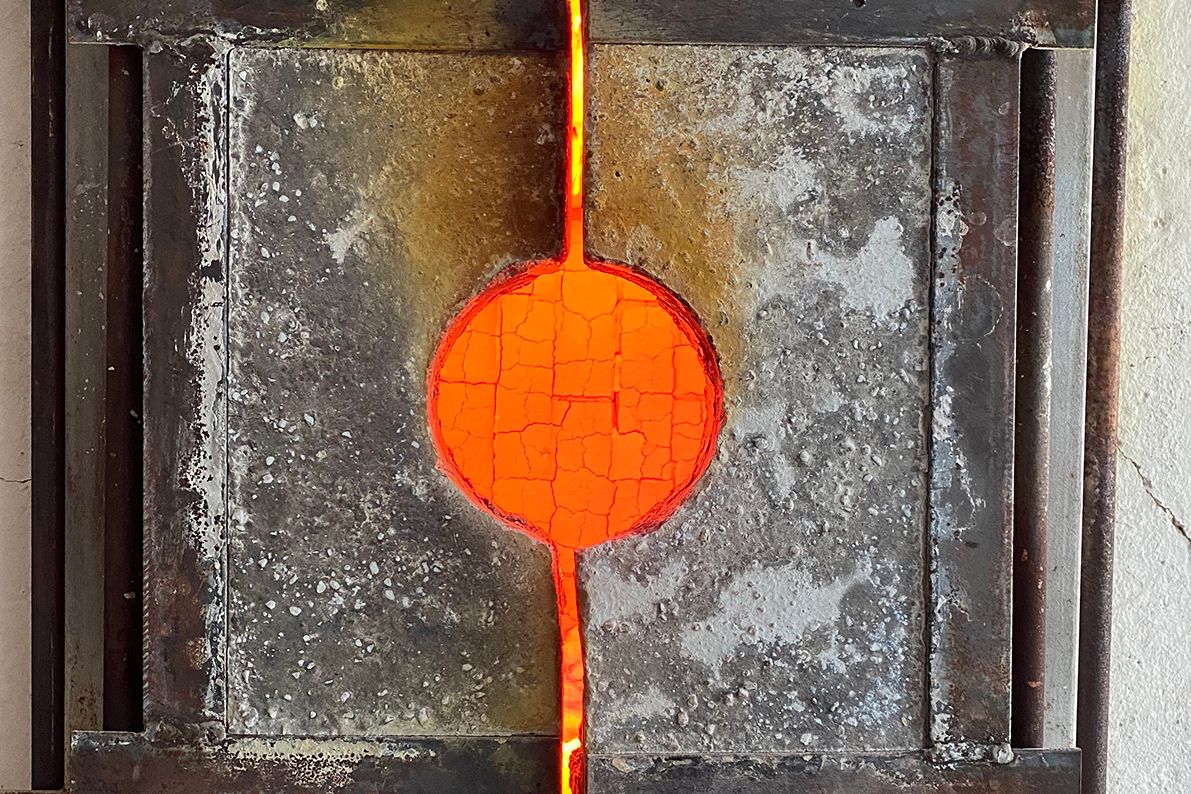Desa Philippi is from Hamburg in Germany and has lived in Britain most of her adult life. Her mother was a painter, and she was surrounded by art from an early age, but initially chose an academic career. After working as an art historian and writer for many years, she changed direction and started working with clay. Gradually her focus has shifted from making wheel-thrown functional ware and groups of bottles and vases in porcelain to working more experimentally. The City Lit Ceramic Diploma course was followed by an MA in Ceramics & Glass from the Royal College of Art. In 2021, she received the Charlotte Fraser Award for her Corner Compositions.
Desa’s practice is studio based and she works for exhibition, to commission, and would like to branch out into making work for public spaces. She is also researching ways of working collaboratively, especially in a community and/or educational context around themes of home, homelessness and migration. To develop and extend her art practice, Desa is interested in residencies in the UK and internationally as well as in developing contacts with galleries.
Please get in touch with any comments and enquiries.
